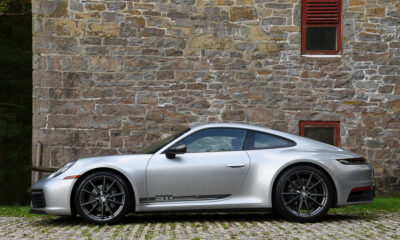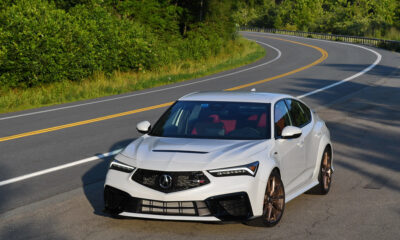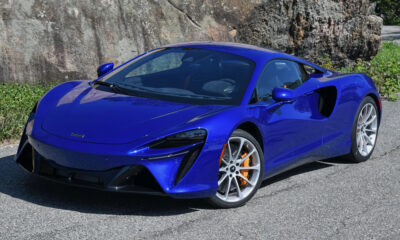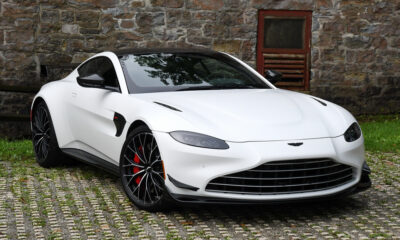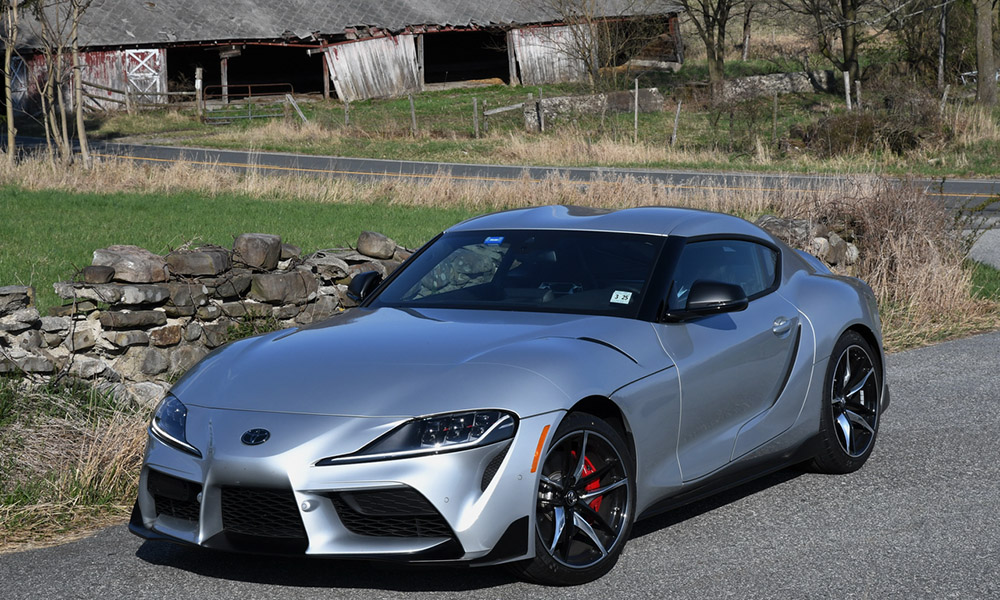
Photo: David Haueter
When I was in high school back in the 1980s, my friends and I had the typical posters on our walls of expensive, exotic cars that we hoped we could one day make enough money to own.
Cars like the Ferrari Testarossa, Porsche 930 Turbo and Lamborghini Countach. There was another car, however, that we lusted after that was more realistic, the Toyota Supra.
The 1980s era Supras had the right look and performance to appeal to teenagers dreaming of owning a sports car, and it got even cooler looking when the fourth generation Supra hit the market in the 1990s with more power, swoopy styling and a big rear wing mounted to the trunk.
It’s been almost a 20-year wait, but the Supra is back with a bold new design and direction that is not without controversy.
Toyota designers wanted the fifth generation GR Supra to look as if it had evolved over the last 20 years and it certainly is eye-catching if not always easy on the eyes. There’s a lot going on in its design, with bulging curves, fake air vents and gaping intakes.
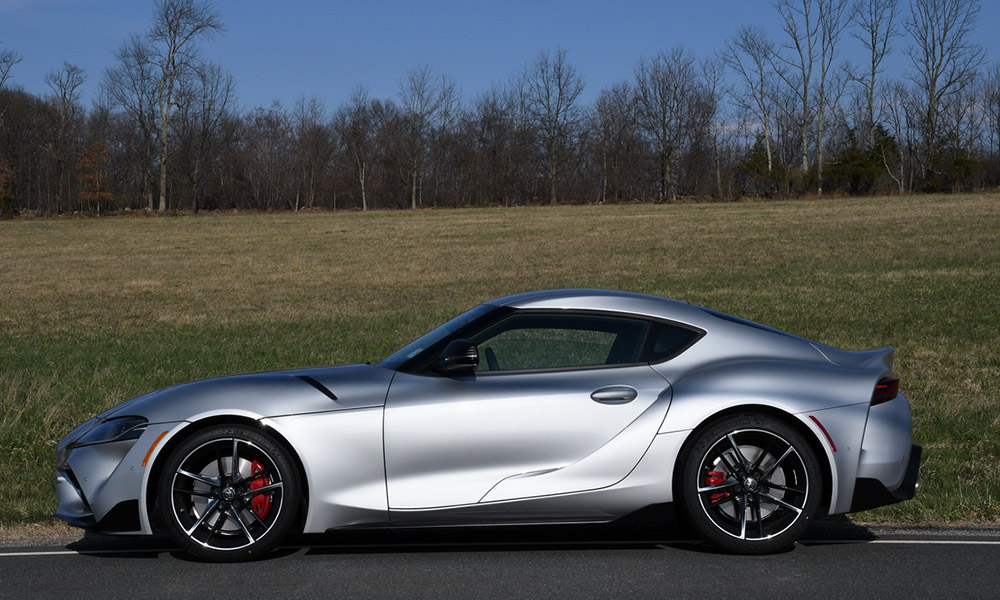
Photo: David Haueter
The design of this new Supra is not nearly as clean as the previous fourth generation car, but it is unique and purposeful.
One downside to the large central intake and front splitter is that it tends to collect dirt and debris, as do the side skirts, so it may take some extra work to keep this car looking its best.
Two design elements that stood out to me are the “double-bubble” roof that allows more interior headroom and the reverse light cluster that is akin to the rain lights on Formula 1 cars.
The controversy surrounding the new Supra is that underneath the body and in the cockpit the car is almost entirely BMW.
The Supra is the result of a deal between BMW and Toyota in which BMW provided the drivetrain from their Z4 roadster for Toyota to create the new Supra. In fact, the Supra is built right alongside the Z4 in the Magna Steyr plant in Austria.
That arrangement has raised the hackles of purists (especially in Japan), but it makes the Supra a fantastic car.
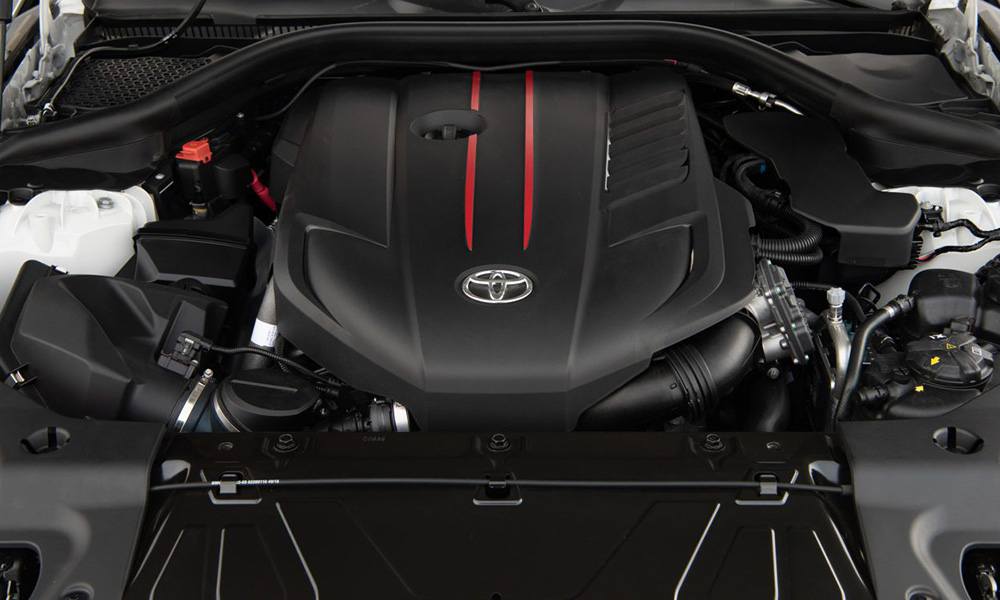
Photo: Toyota
BMW’s 3-liter turbocharged inline-six cylinder is one of the best engines on the market today and in the 2020 Supra delivers 335 horsepower and 365 lb-ft of torque, which gets the Supra from 0-60 mph in 4.3 seconds.
The just announced 2021 Supra matches the horsepower of the BMW Z4 sDrive M40i, with 382hp.
Other mechanical highlights include Brembo 4-piston vented disc brakes, an 8-speed automatic transmission with paddle shifters (the only transmission available) and a MacPherson strut front and multi-link rear suspension with variable shocks.
The Supra wears sticky Michelin Pilot Super Sport tires and tips the scales with a curb weight of 3,397 lbs.
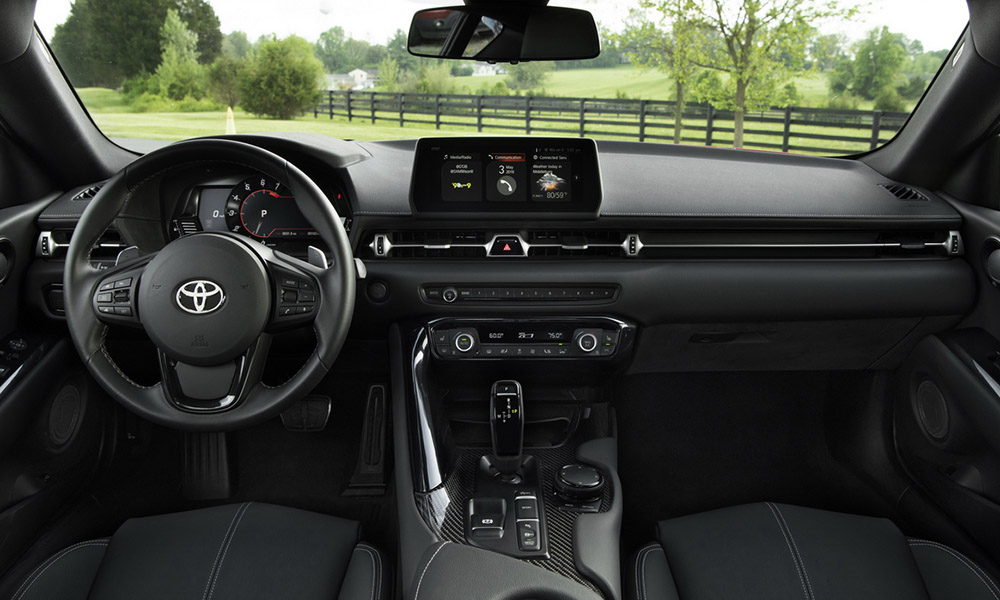
Photo: Toyota
Inside, most of the Supra’s cockpit is lifted straight from the BMW parts bin, with the exception of the gauge cluster, which is a Toyota design and puts the tach front and center. The seats are supportive and comfortable and the controls and buttons are well laid out, but I would prefer the infotainment display to be more integrated into the dash.
A nice feature is the open entrance into the trunk area between the seats, which allows easy access from inside the cockpit.
It feels a bit strange at first from behind the wheel of the Supra, especially if you’ve spent any time driving BMWs. It’s clearly a BMW at its core and even smells like a BMW, but you’re looking at a Toyota badge in the middle of the steering wheel and Toyota references on the infotainment system. It’s best to forget who built what and just focus on the driving experience.
Despite the lack of a manual transmission option, the GR Supra is very involving and fun to drive.
It has everything most would want in a sports car, with a smooth and powerful engine, strong brakes and impressive handling. The handling is one area where the Supra stands out from the BMW Z4.
With the increased stiffness of the coupe structure and lighter weight, the Supra seems more planted and stable than the Z4.
Toyota engineers also reportedly did their own fine-tuning of the adaptive shocks, which also give the Supra a more responsive and tossable nature.
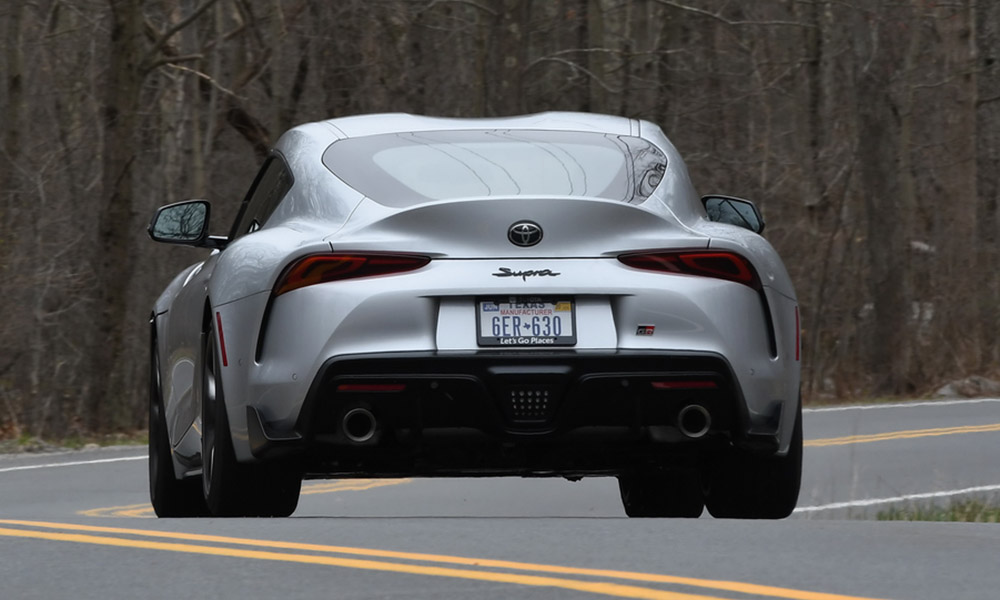
Photo: David Haueter
The suspension tuning has given the Supra a fine balance of highway comfort and compliance with impressive handling on twisty roads when you switch it over into Sport mode. The car also sounds great, with a more natural sporty exhaust note than what comes out of the Z4.
As a whole, the GR Supra may be a little too funky looking for many, but it’s fantastic to drive. It may not be a Toyota underneath or have a manual transmission, but it carries over many of the traditions established by previous Supra models, especially the fourth generation car that is its immediate predecessor.
The car is also pretty exclusive. I haven’t seen any other Supras on the road in northern New Jersey yet this year, and with its rarity it drew a lot of attention.
There are three GR Supra models available, which all share the same mechanical bits but have various levels of standard equipment.
The 3.0 model starts at $49,990, while the 3.0 Premium lists at $53,990 and the Launch edition at $55,250.
If you want what could be the best all-around sports car available for under $60,000 you can’t go wrong with any of them. There’s also a GT4-spec racing model coming, which was on display at the Rolex 24 in January and is slated to be hitting U.S. tracks before the end of the year.
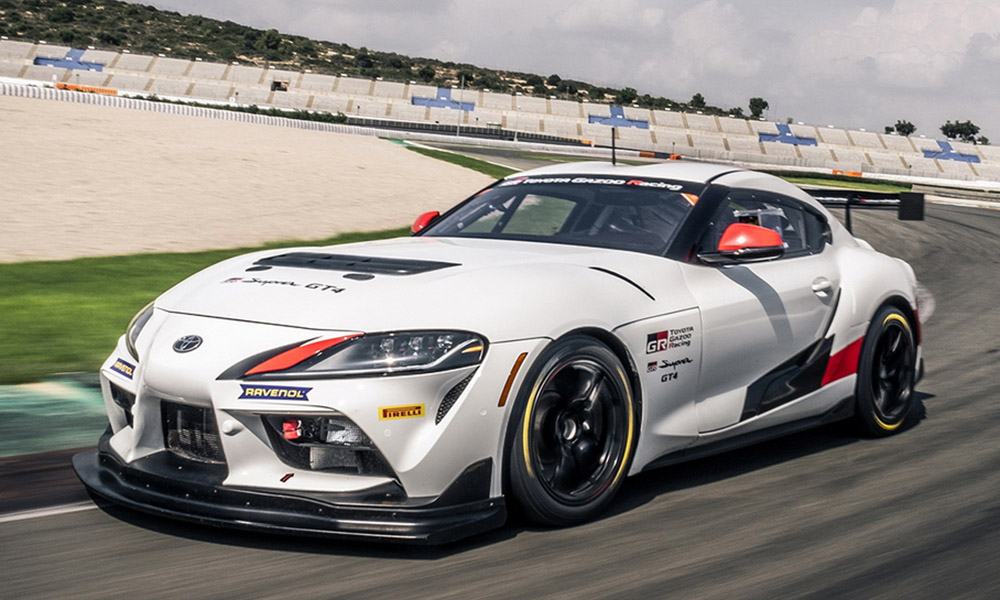
Photo: Toyota


















